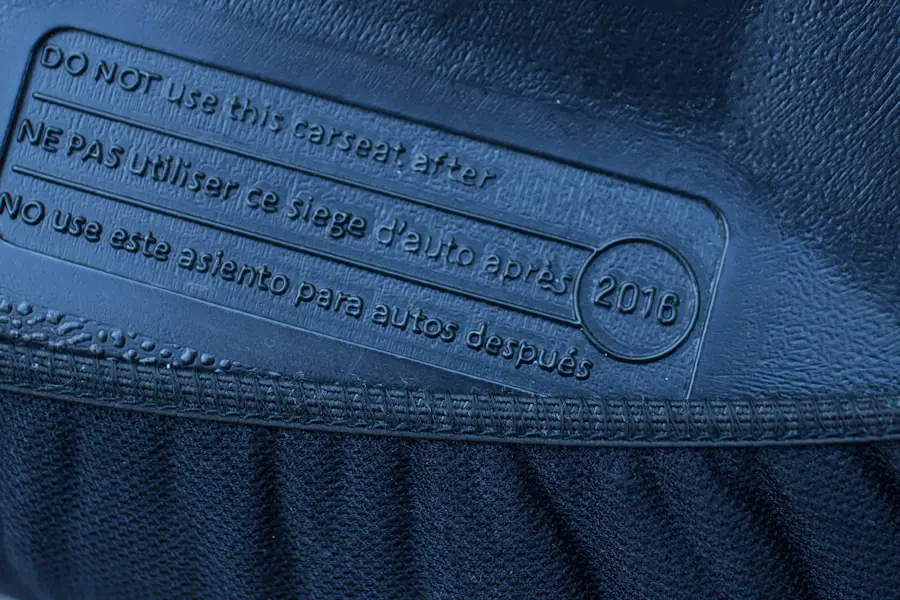Before embarking on any hiking adventure, it is crucial to assess your specific needs and preferences. The type of hiking you plan to undertake—whether it’s a leisurely day hike, a challenging multi-day trek, or a technical climb—will significantly influence the gear you require. For instance, if you are an occasional hiker who enjoys short trails, your needs will differ vastly from those of a seasoned mountaineer who tackles rugged terrains.
Understanding your hiking style will help you make informed decisions about the equipment and clothing necessary for your excursions. Additionally, consider the frequency of your hikes and the environments you typically explore. Are you hiking in mountainous regions, forests, or coastal areas?
Each environment presents unique challenges and requires specific gear. For example, if you frequently hike in wet conditions, you will need waterproof clothing and footwear. Conversely, if your hikes are primarily in dry, warm climates, breathable fabrics and lightweight gear will be more beneficial.
By evaluating your hiking habits and the conditions you encounter, you can tailor your gear selection to enhance your overall experience.
Key Takeaways
- Consider the length and difficulty of your hikes when choosing the right gear
- Look for moisture-wicking and breathable fabrics to stay comfortable on the trail
- Check the weather forecast and choose gear that suits the conditions
- Prioritize a good fit and comfortable design to prevent chafing and blisters
- Look for features like adjustable straps and pockets for added convenience on the trail
Fabric and Material Considerations
The choice of fabric and materials is paramount when selecting hiking gear, as they directly impact performance, comfort, and protection. Common materials used in hiking apparel include synthetic fibers like polyester and nylon, as well as natural fibers such as cotton and wool. Synthetic materials are often favored for their moisture-wicking properties, quick-drying capabilities, and durability.
For instance, polyester is lightweight and resists shrinking and stretching, making it ideal for base layers that need to manage sweat effectively. On the other hand, natural fibers like merino wool offer excellent insulation and odor resistance, making them suitable for colder climates. Wool can regulate temperature effectively, keeping you warm in chilly conditions while remaining breathable during warmer weather.
However, cotton is generally discouraged for hiking due to its tendency to retain moisture, which can lead to discomfort and hypothermia in cooler temperatures. Understanding the properties of these materials will help you choose clothing that aligns with your hiking needs and environmental conditions.
Weather and Climate Considerations

Weather plays a critical role in determining the appropriate gear for your hiking adventures. Different climates require different strategies for staying comfortable and safe on the trail. For example, if you are hiking in a region known for sudden rain showers or high humidity, investing in high-quality waterproof jackets and breathable rain gear is essential.
Look for features such as sealed seams and ventilation zippers that enhance breathability while keeping moisture out. Conversely, if you are hiking in arid or hot climates, lightweight and moisture-wicking fabrics become crucial. Clothing that offers UV protection can also be beneficial in sunny environments to shield your skin from harmful rays.
Additionally, layering becomes an important strategy in variable weather conditions; having a base layer for moisture management, an insulating layer for warmth, and an outer layer for protection against wind and rain allows for adaptability as conditions change throughout the day.
Fit and Comfort
| Brand | Fit Rating | Comfort Rating |
|---|---|---|
| Nike | 4.5 | 4.8 |
| Adidas | 4.3 | 4.6 |
| Puma | 4.2 | 4.5 |
The fit of your hiking gear is one of the most critical factors influencing your comfort on the trail. Ill-fitting clothing can lead to chafing, restricted movement, and overall discomfort during long hikes. When selecting hiking apparel, it is essential to try on various sizes and styles to find what works best for your body type.
Look for clothing designed with an athletic cut that allows for freedom of movement without being overly baggy. Comfort also extends to footwear; properly fitted hiking boots or shoes are vital for preventing blisters and ensuring stability on uneven terrain. When trying on footwear, consider wearing the socks you plan to use on hikes to ensure a proper fit.
Pay attention to the toe box—there should be enough room for your toes to wiggle without feeling cramped. Additionally, consider the type of terrain you will be traversing; stiffer soles may be necessary for rocky trails, while more flexible options may suffice for well-maintained paths.
Features and Functionality
When evaluating hiking gear, it is essential to consider the features that enhance functionality and convenience during your outdoor excursions. Pockets are a practical feature; having multiple pockets in your clothing allows for easy access to essentials like snacks, maps, or a phone without needing to dig through a backpack. Zippered pockets can provide added security for valuables while on the move.
Another important feature is ventilation; many hiking jackets come equipped with pit zips or mesh-lined pockets that allow excess heat to escape during strenuous activities. This feature can be particularly beneficial during warmer months or when tackling steep ascents. Additionally, consider gear with adjustable elements such as cuffs, hems, or hoods that allow you to customize the fit based on changing weather conditions or personal preference.
These functional features can significantly enhance your overall hiking experience by providing convenience and adaptability.
Durability and Longevity

Durability is a key consideration when investing in hiking gear; high-quality materials and construction techniques can make a significant difference in how long your equipment lasts under rigorous use. Look for products that feature reinforced stitching, abrasion-resistant fabrics, and robust zippers that can withstand the wear and tear of outdoor activities. Brands that specialize in outdoor gear often conduct rigorous testing to ensure their products can endure harsh conditions.
Moreover, consider the warranty offered by manufacturers; a longer warranty period often indicates confidence in the product’s durability. Investing in durable gear may have a higher upfront cost but can save money in the long run by reducing the need for frequent replacements. For instance, a well-constructed pair of hiking boots may last several years if properly maintained, whereas cheaper alternatives may wear out after just a few hikes.
Style and Aesthetics
While functionality is paramount when selecting hiking gear, style and aesthetics should not be overlooked. Many outdoor brands now offer a wide range of designs that cater to various tastes while still providing the necessary performance features. Choosing gear that reflects your personal style can enhance your confidence on the trail and make your outdoor experience more enjoyable.
Color choices also play a role; bright colors can increase visibility in low-light conditions or dense forests, while darker shades may be more practical for hiding dirt and stains. Additionally, consider how well your gear coordinates with other items in your wardrobe; versatile pieces that can transition from trail to town can maximize your investment by allowing you to wear them in various settings.
Budget and Value
Budget considerations are an inevitable part of purchasing hiking gear; however, it is essential to focus on value rather than simply seeking the lowest price. High-quality gear often comes with a higher price tag due to superior materials and construction methods that enhance performance and longevity. When evaluating options within your budget, consider how often you plan to use the gear and the conditions it will face.
Investing in essential items like a good pair of hiking boots or a reliable waterproof jacket can significantly impact your comfort and safety on the trail. Additionally, look for sales or discounts from reputable outdoor retailers; many brands offer seasonal sales or clearance events where you can find high-quality gear at reduced prices. Ultimately, prioritizing value over cost will lead to better long-term satisfaction with your purchases as you embark on countless adventures in the great outdoors.
When deciding what pants to wear when hiking, it is important to consider factors such as comfort, durability, and weather resistance. A related article on TakeTravelInfo discusses the best hiking backpacks for multi-day treks, which can be crucial for carrying all your essentials while on the trail. Finding the right balance between functionality and comfort is key when planning a hiking trip, so be sure to check out their recommendations for the best hiking backpacks
